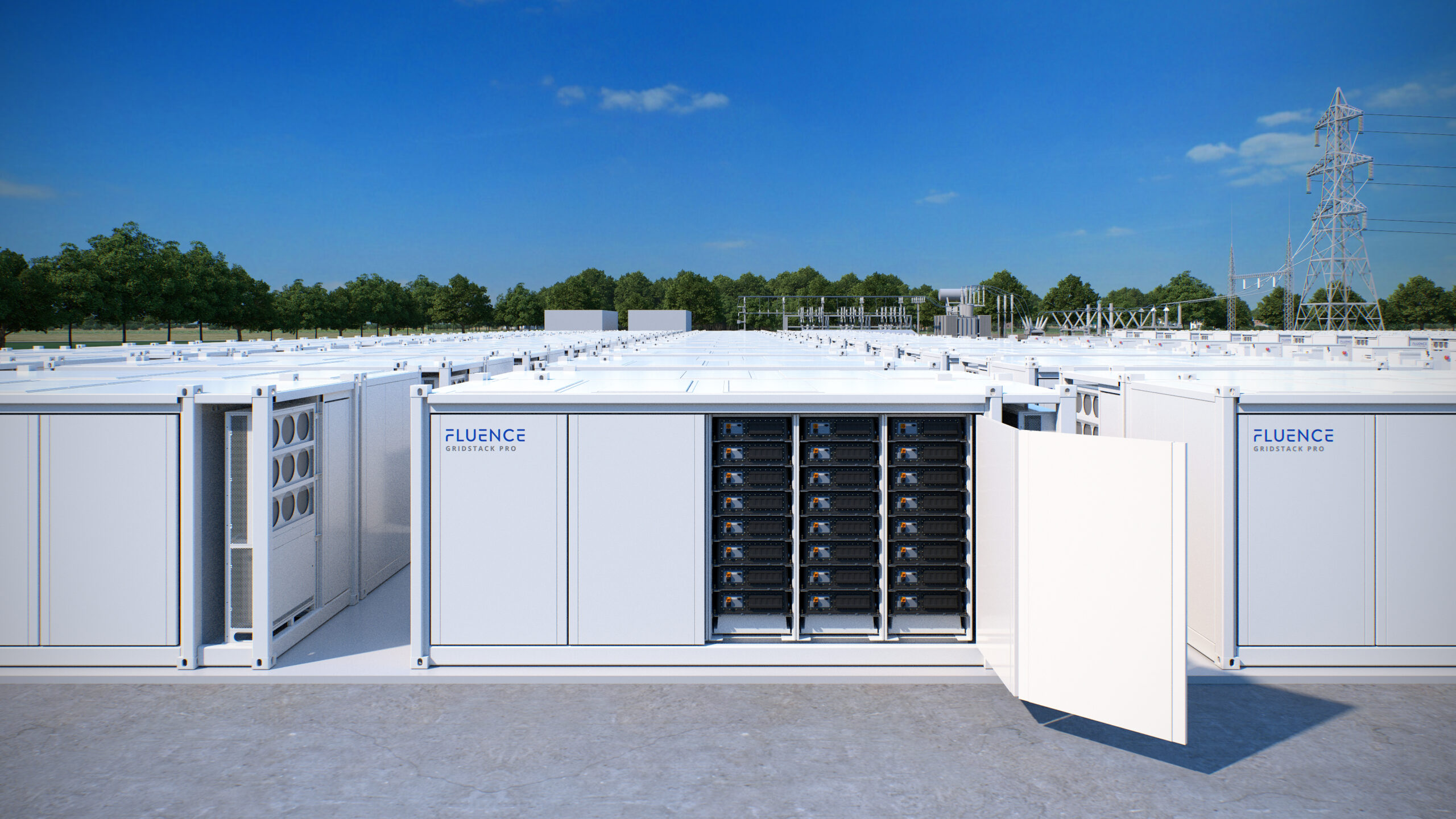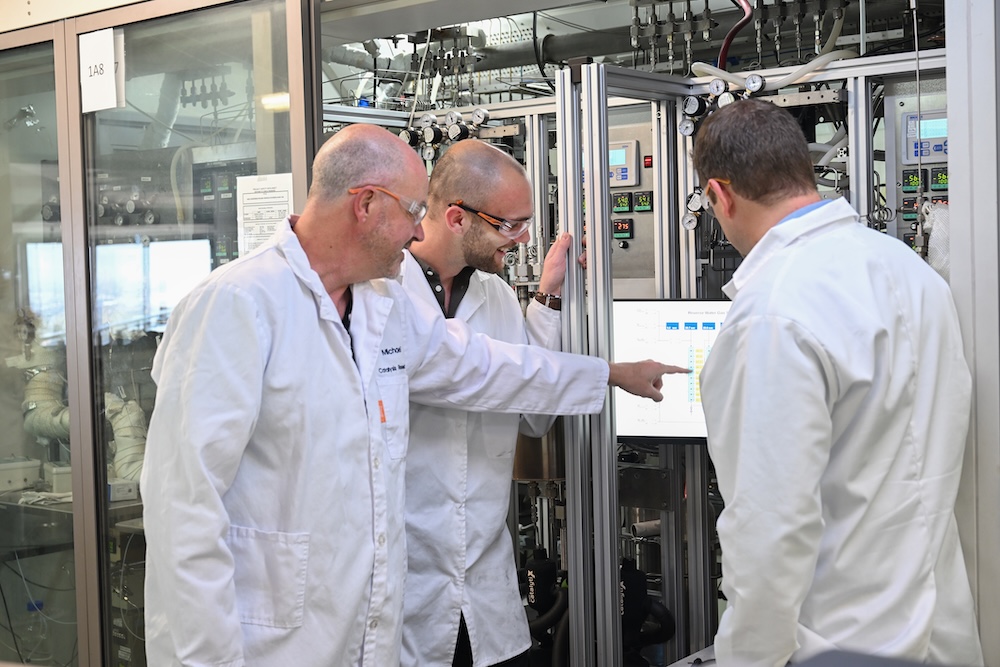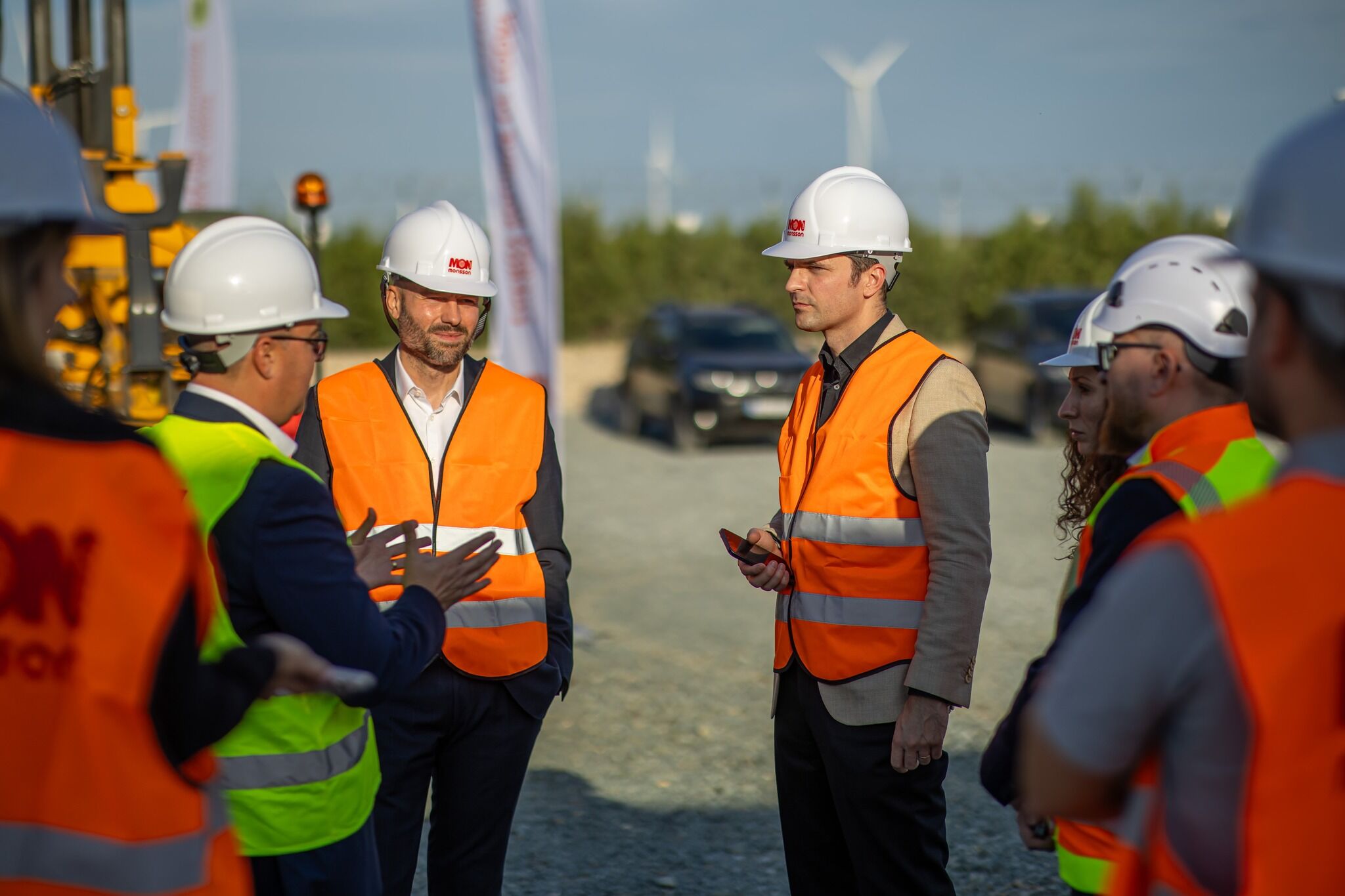Project Overview: The Winchester Solar-Plus-Storage Facility
Introduction and Strategic Partnership
A strategic partnership between developer Torch Clean Energy and technology provider Fluence Energy, Inc. has been announced for the development of the Winchester project. This solar-plus-storage facility, located in Cochise County, Arizona, is designed to enhance the region’s renewable energy infrastructure and support grid stability.
Project Specifications and Timeline
- Location: Cochise County, Arizona
- Solar Generation Capacity: 160 MW, delivered from two 80 MW solar arrays.
- Battery Energy Storage System (BESS) Capacity: 160 MW / 640 MWh.
- Projected Delivery Date: Early 2027.
Contribution to Sustainable Development Goals (SDGs)
SDG 7: Affordable and Clean Energy
The Winchester project makes a direct and substantial contribution to ensuring access to affordable, reliable, sustainable, and modern energy for all. By integrating a large-scale solar and storage system, it actively increases the share of renewable energy in the local energy mix.
- The 160 MW solar component is capable of powering approximately 26,880 homes with clean energy during periods of adequate sunshine.
- The 640 MWh battery storage system enhances energy reliability by storing solar power for use during peak demand or when solar generation is unavailable, ensuring a consistent and dependable power supply.
SDG 9: Industry, Innovation, and Infrastructure
This initiative represents a significant investment in building resilient infrastructure and fostering innovation, which are core targets of SDG 9. The project utilizes advanced technology to modernize the energy grid and supports local economic development.
- The facility is a key local infrastructure investment for Cochise County, designed to support forecasted load growth and improve grid balancing.
- Deployment of the Fluence Gridstack Pro 5000 BESS represents the application of innovative technology to create a more efficient and robust energy system.
SDG 11: Sustainable Cities and Communities
By providing a stable and clean source of power, the project supports the development of inclusive, safe, resilient, and sustainable communities in Cochise County. A reliable energy grid is foundational for the functioning of modern communities and their economic vitality.
- The project directly addresses the energy needs of a county with approximately 125,000 residents, ensuring the grid can accommodate future growth.
- By reducing reliance on fossil fuels, the facility contributes to improved local air quality and a healthier environment for the community.
SDG 13: Climate Action
The Winchester project is a clear example of urgent action to combat climate change and its impacts. It directly facilitates the transition away from carbon-intensive energy sources, contributing to the reduction of greenhouse gas emissions.
- The 160 MW of solar generation will displace fossil fuel-based power, directly mitigating carbon emissions.
- The energy storage component is critical for maximizing the use of intermittent renewable resources, thereby accelerating the decarbonization of the electricity grid.
Technical and Financial Framework
Technology Profile: Fluence Gridstack Pro 5000
The battery storage component of the project will be supplied by Fluence, utilizing its Gridstack Pro 5000 system. This technology is specifically engineered for utility-scale applications and is characterized by the following attributes:
- Optimized for high energy density.
- Engineered for rapid deployment speed.
- Designed for superior operational performance and safety.
Policy and Incentive Alignment
The project’s viability is supported by a favorable federal policy framework designed to promote investment in clean energy and grid reliability. Key financial incentives available under current legislation include:
- Section 48E Investment Tax Credit (ITC): This provision offers a significant tax credit for energy storage projects, with bonus credits available for using domestic content.
- Section 45X Manufacturing Tax Credit: This credit incentivizes the domestic production of BESS components, including cells, modules, and inverters, strengthening the U.S. supply chain for clean energy technologies.
Analysis of the Article in Relation to Sustainable Development Goals
1. Which SDGs are addressed or connected to the issues highlighted in the article?
-
SDG 7: Affordable and Clean Energy
- The article’s central theme is the development of the “Winchester project,” a solar-plus-storage facility. This project directly contributes to generating clean energy through its 160 MW solar power capacity and ensuring its reliability with a 640 MWh battery storage system. This aligns with the goal of increasing access to clean and sustainable energy.
-
SDG 9: Industry, Innovation, and Infrastructure
- The project involves building new, resilient energy infrastructure in Cochise County, Arizona. The article highlights the use of innovative technology, specifically the “Fluence Gridstack Pro 5000,” which is described as “optimized for density, deployment speed, performance, and safety.” This represents an investment in sustainable infrastructure and the adoption of clean technologies.
-
SDG 13: Climate Action
- By generating 160 MW of solar power, the project helps reduce reliance on fossil fuels for electricity generation. This is a direct measure to combat climate change and its impacts, which is the core objective of SDG 13. The article also mentions federal incentives like the OBBBA, which are national policies designed to promote such climate-friendly projects.
-
SDG 8: Decent Work and Economic Growth
- The article states that a key benefit of the project is to “support economic development and local infrastructure investment for Cochise County, AZ.” Large-scale infrastructure projects like this typically create jobs and stimulate local economies, contributing to sustainable economic growth.
-
SDG 11: Sustainable Cities and Communities
- The project aims to provide reliable power to the local community, potentially serving up to 26,880 homes in a county of 125,000 people. By providing clean energy and supporting “grid balancing and forecasted load growth,” it helps make the community’s energy supply more sustainable and resilient.
2. What specific targets under those SDGs can be identified based on the article’s content?
-
Under SDG 7 (Affordable and Clean Energy):
- Target 7.2: “By 2030, increase substantially the share of renewable energy in the global energy mix.” The Winchester project, with its 160 MW solar array, directly increases the proportion of renewable energy in the region’s energy supply.
- Target 7.a: “By 2030, enhance international cooperation to facilitate access to clean energy research and technology… and promote investment in energy infrastructure and clean energy technology.” The partnership between Fluence Energy and Torch Clean Energy to build this facility is a clear example of investment in clean energy infrastructure and technology.
-
Under SDG 9 (Industry, Innovation, and Infrastructure):
- Target 9.1: “Develop quality, reliable, sustainable and resilient infrastructure… to support economic development and human well-being.” The solar-plus-storage facility is a piece of resilient energy infrastructure designed to support the local grid and promote economic development.
- Target 9.4: “By 2030, upgrade infrastructure and retrofit industries to make them sustainable, with increased resource-use efficiency and greater adoption of clean and environmentally sound technologies…” The project utilizes modern, clean technology (solar arrays and the Gridstack Pro 5000 battery system) to upgrade the region’s energy infrastructure.
-
Under SDG 13 (Climate Action):
- Target 13.2: “Integrate climate change measures into national policies, strategies and planning.” The article’s mention of the “One Big Beautiful Bill Act (OBBBA)” and its associated tax credits (Section 48E ITC and Section 45X) demonstrates how national policies are being used to incentivize and implement projects that address climate change.
3. Are there any indicators mentioned or implied in the article that can be used to measure progress towards the identified targets?
-
Renewable Energy Capacity:
- The article specifies the “160 MW” capacity of the solar power portion and the “160 MW / 640 MWh” capacity of the Battery Energy Storage System. These figures are direct indicators of the increase in renewable energy infrastructure (relevant to Targets 7.2 and 9.4).
-
Access to Electricity:
- The calculation that the solar facility could provide electricity for “up to about 26,880 homes” serves as an indicator for measuring the project’s contribution to energy access and reliability for the local community (relevant to SDG 11).
-
Investment and Economic Impact:
- The project itself represents a significant investment. The stated benefit of supporting “economic development and local infrastructure investment for Cochise County” is a qualitative indicator of progress towards Target 9.1 and SDG 8.
-
Policy Implementation:
- The availability and use of “federal energy storage tax credit provisions” under the OBBBA, such as the “Section 48E Investment Tax Credit (ITC)” and “Section 45X manufacturing tax credit,” are indicators that national climate policies are being actively implemented to support clean energy projects (relevant to Target 13.2).
4. Summary Table of SDGs, Targets, and Indicators
| SDGs | Targets | Indicators |
|---|---|---|
| SDG 7: Affordable and Clean Energy | 7.2: Increase substantially the share of renewable energy in the global energy mix. |
|
| SDG 9: Industry, Innovation, and Infrastructure | 9.1: Develop quality, reliable, sustainable and resilient infrastructure. 9.4: Upgrade infrastructure… with greater adoption of clean and environmentally sound technologies. |
|
| SDG 13: Climate Action | 13.2: Integrate climate change measures into national policies, strategies and planning. |
|
| SDG 8: Decent Work and Economic Growth | (Implied) Targets related to promoting sustainable economic growth. |
|
| SDG 11: Sustainable Cities and Communities | (Implied) Targets related to ensuring access to basic services and sustainable energy systems. |
|
Source: cleantechnica.com






